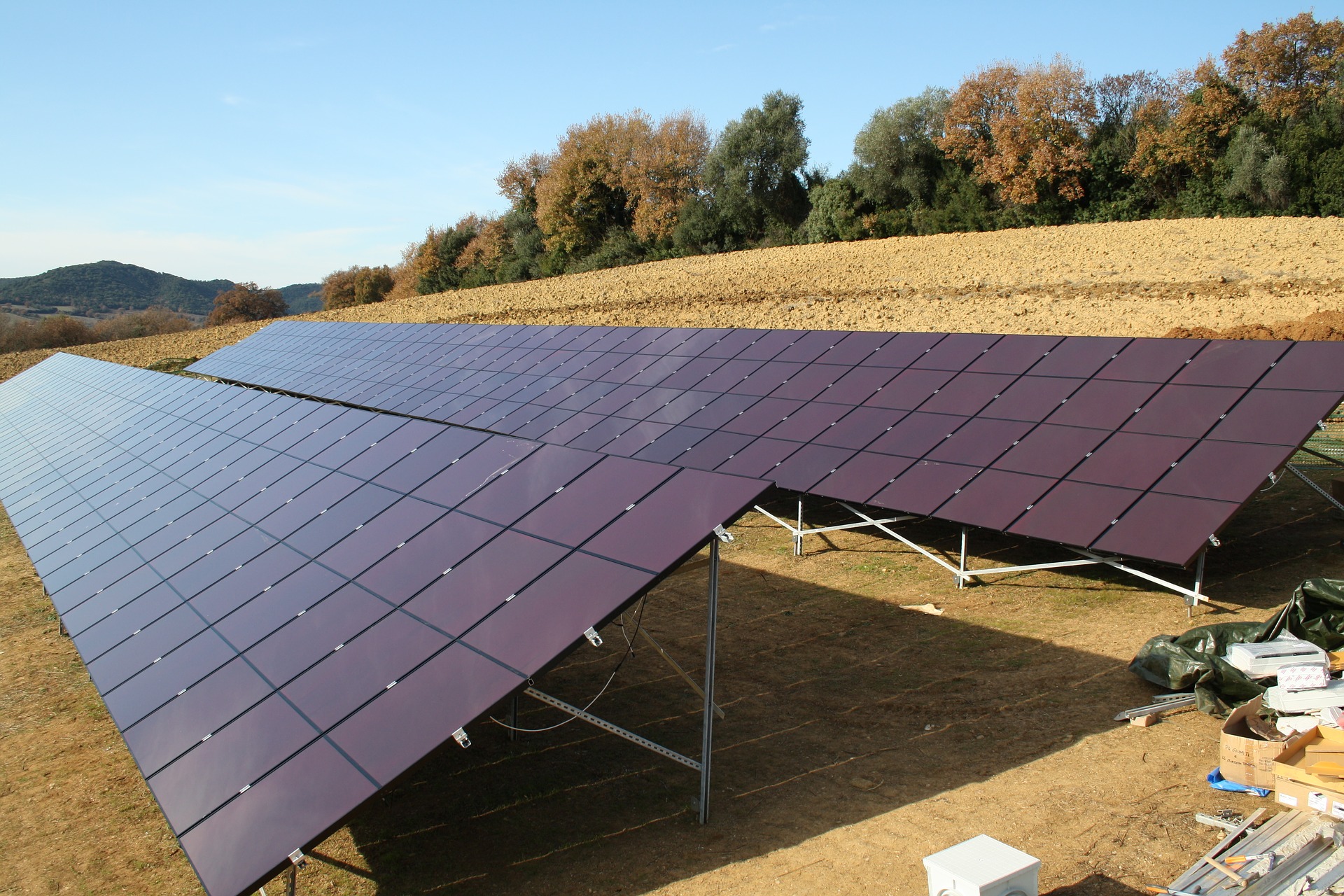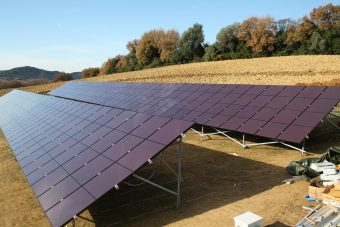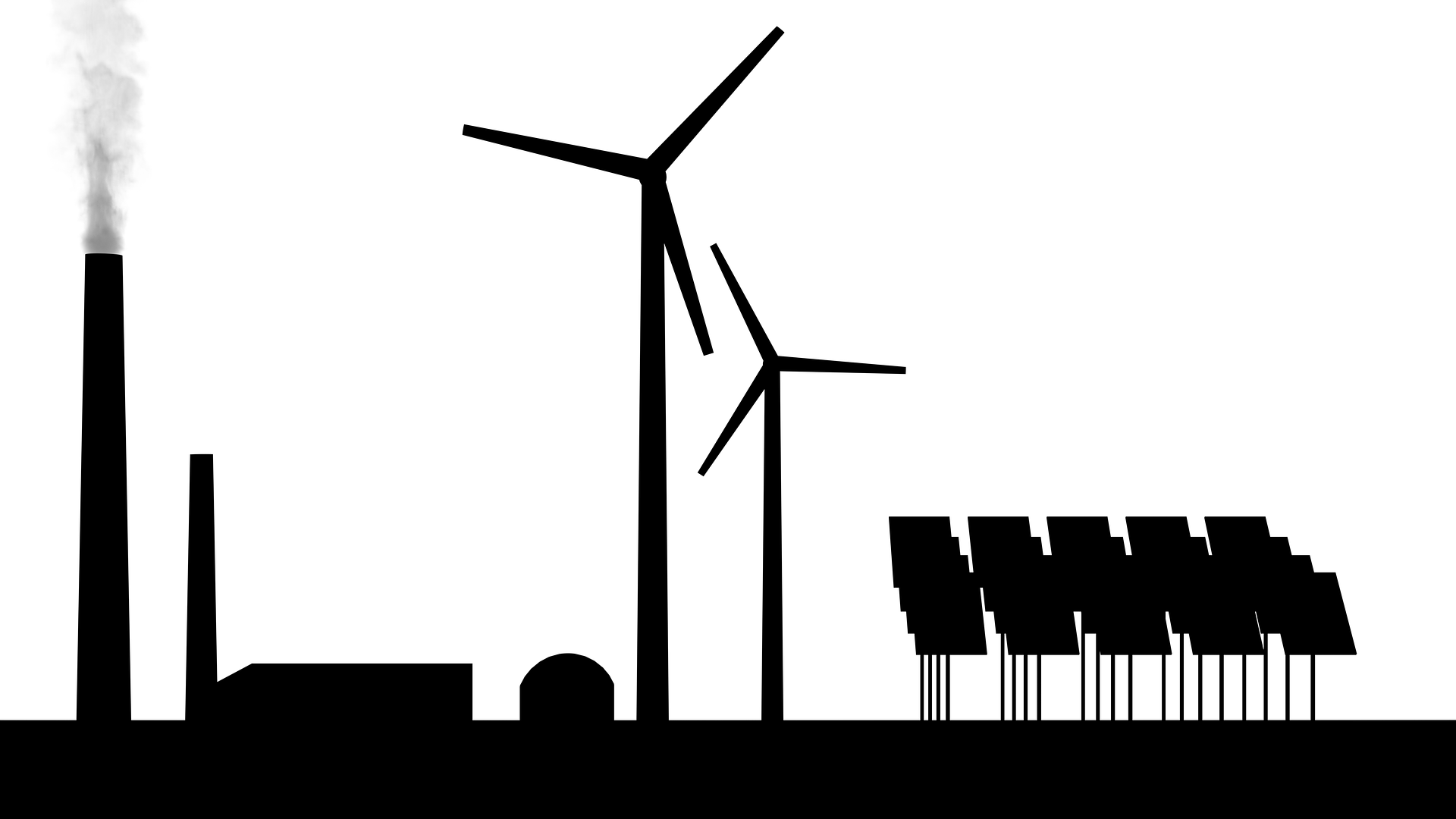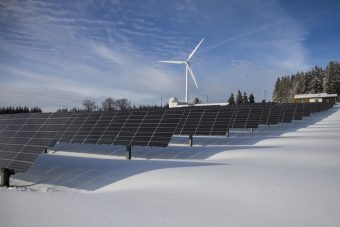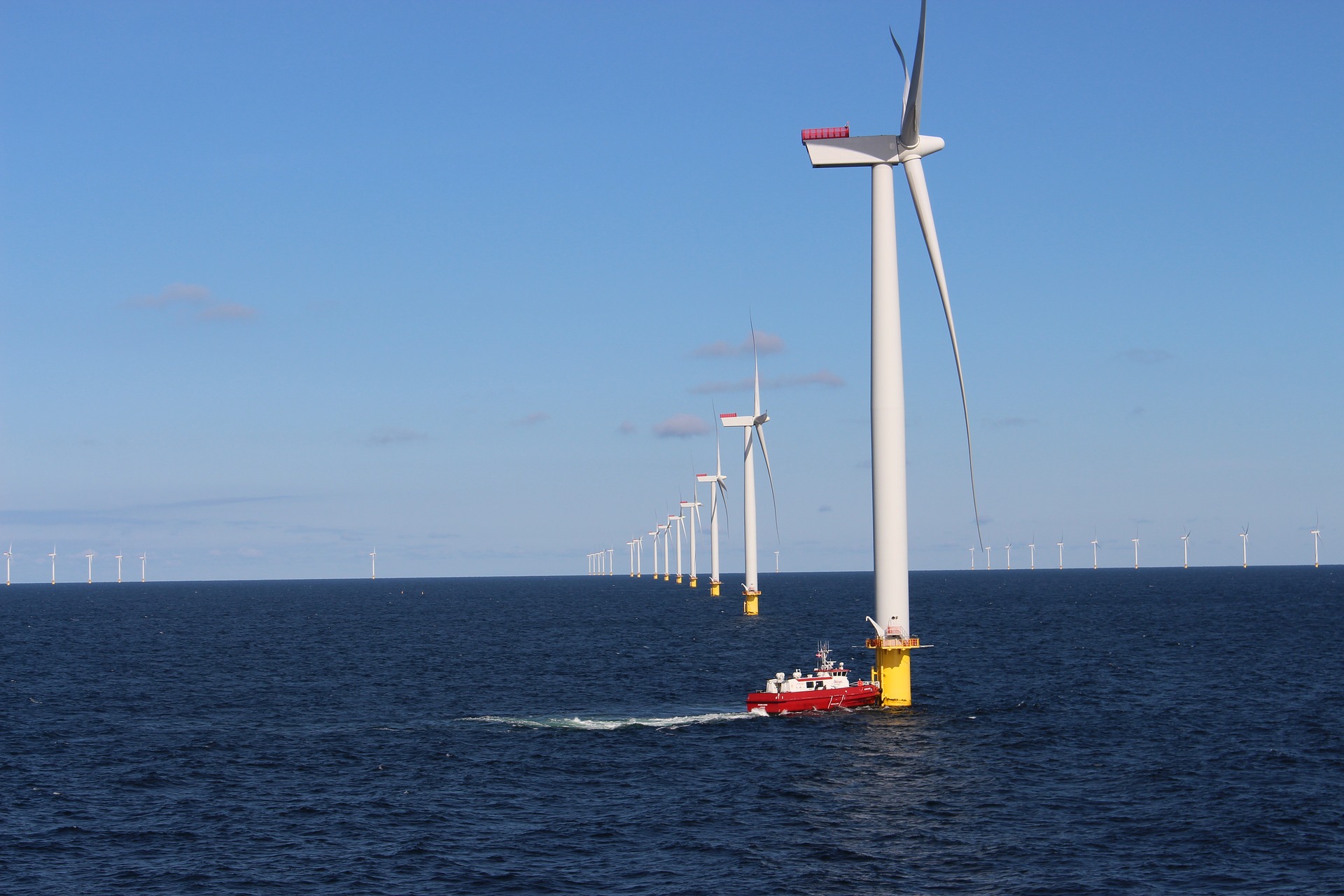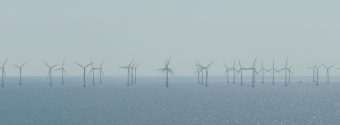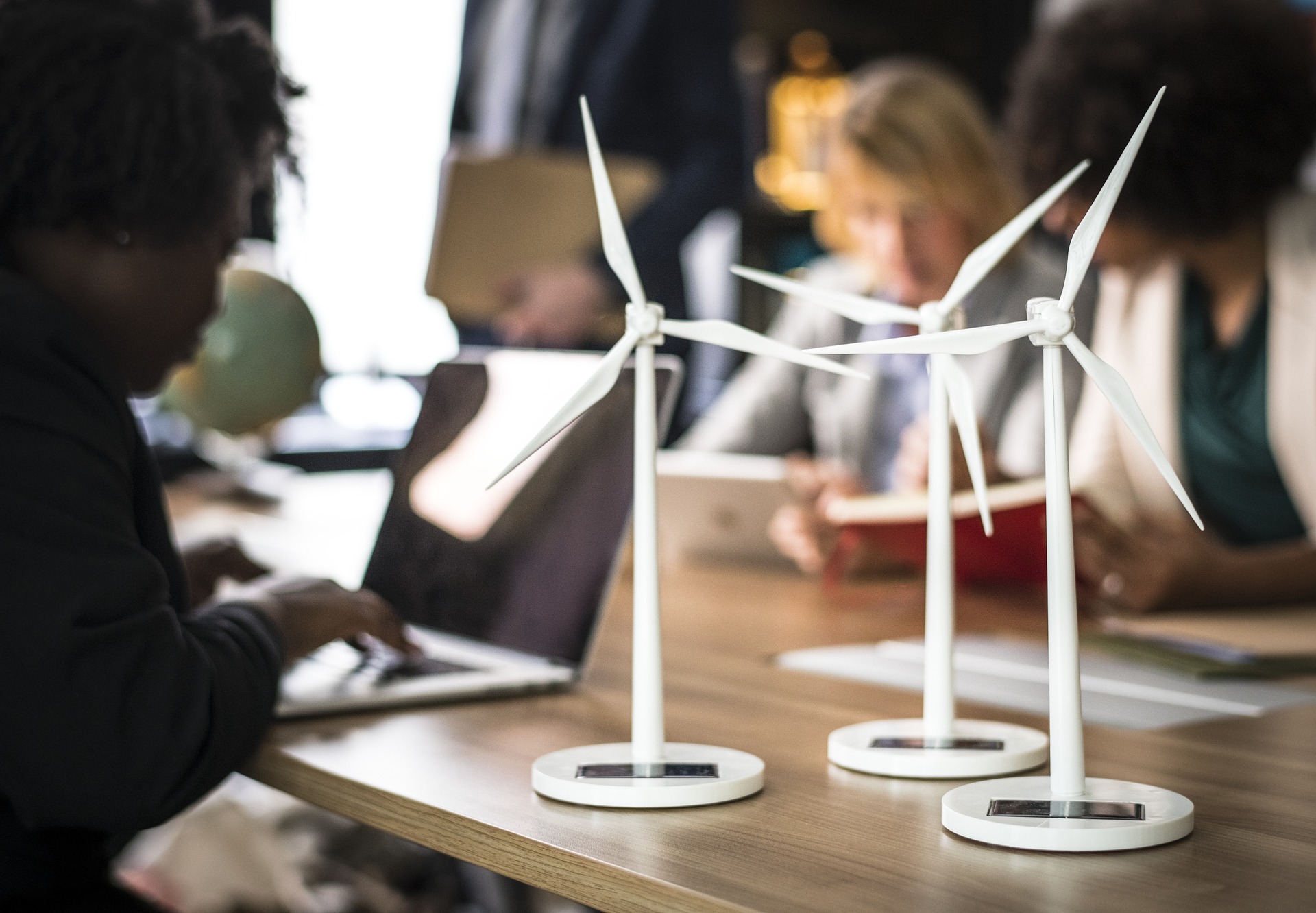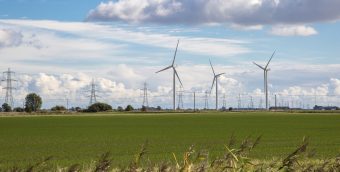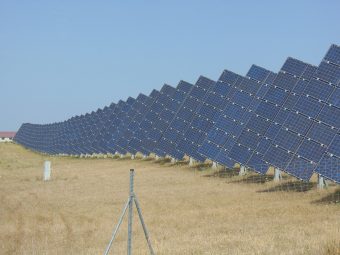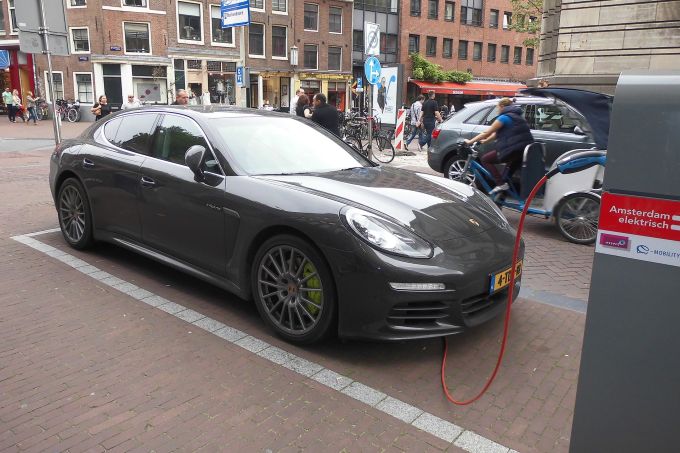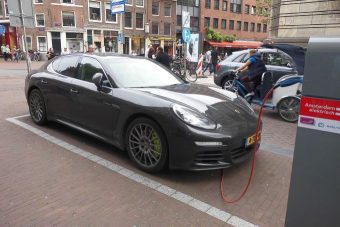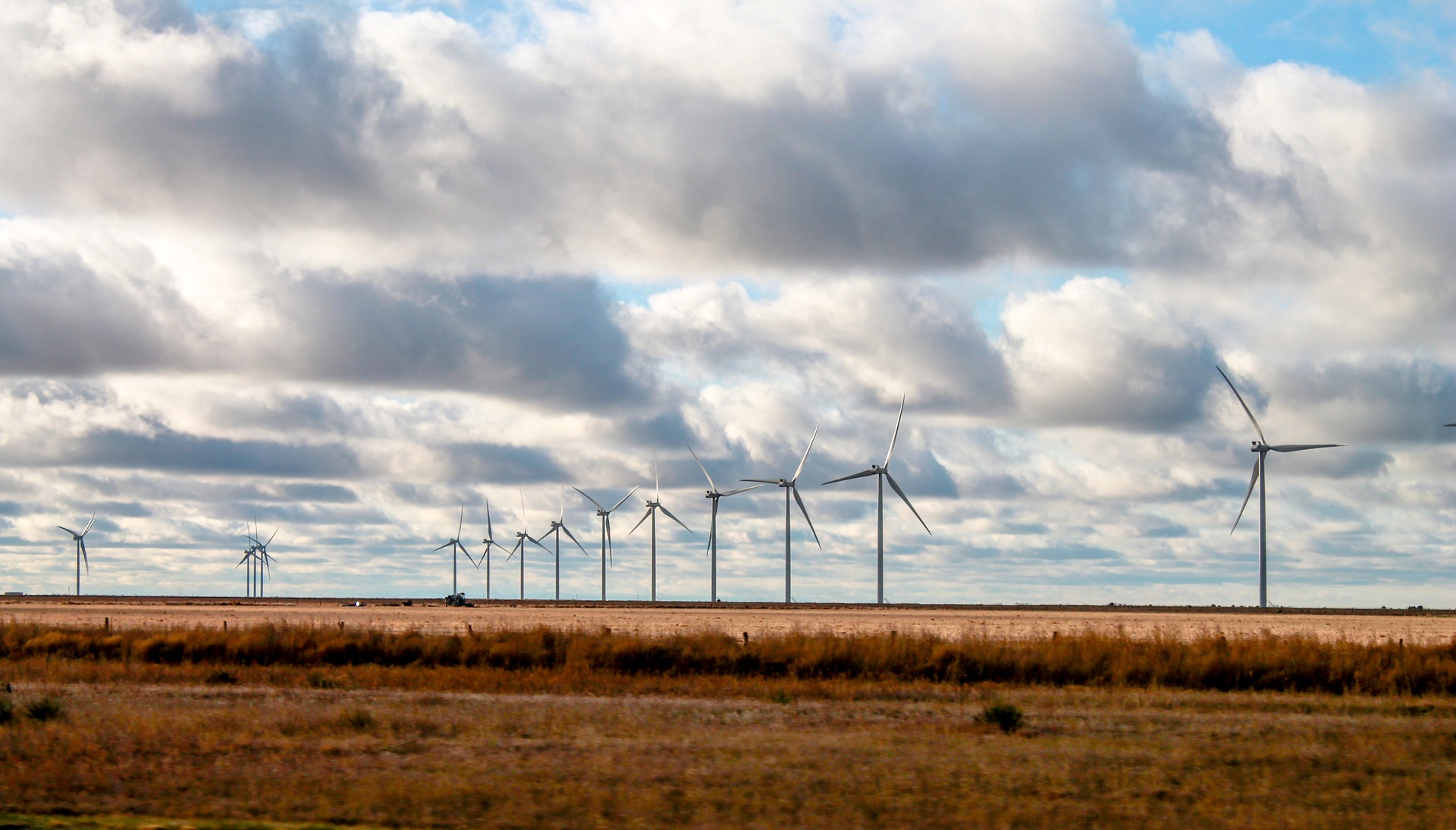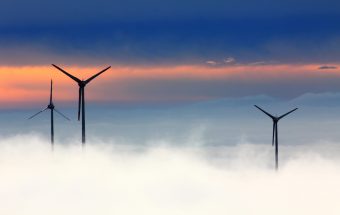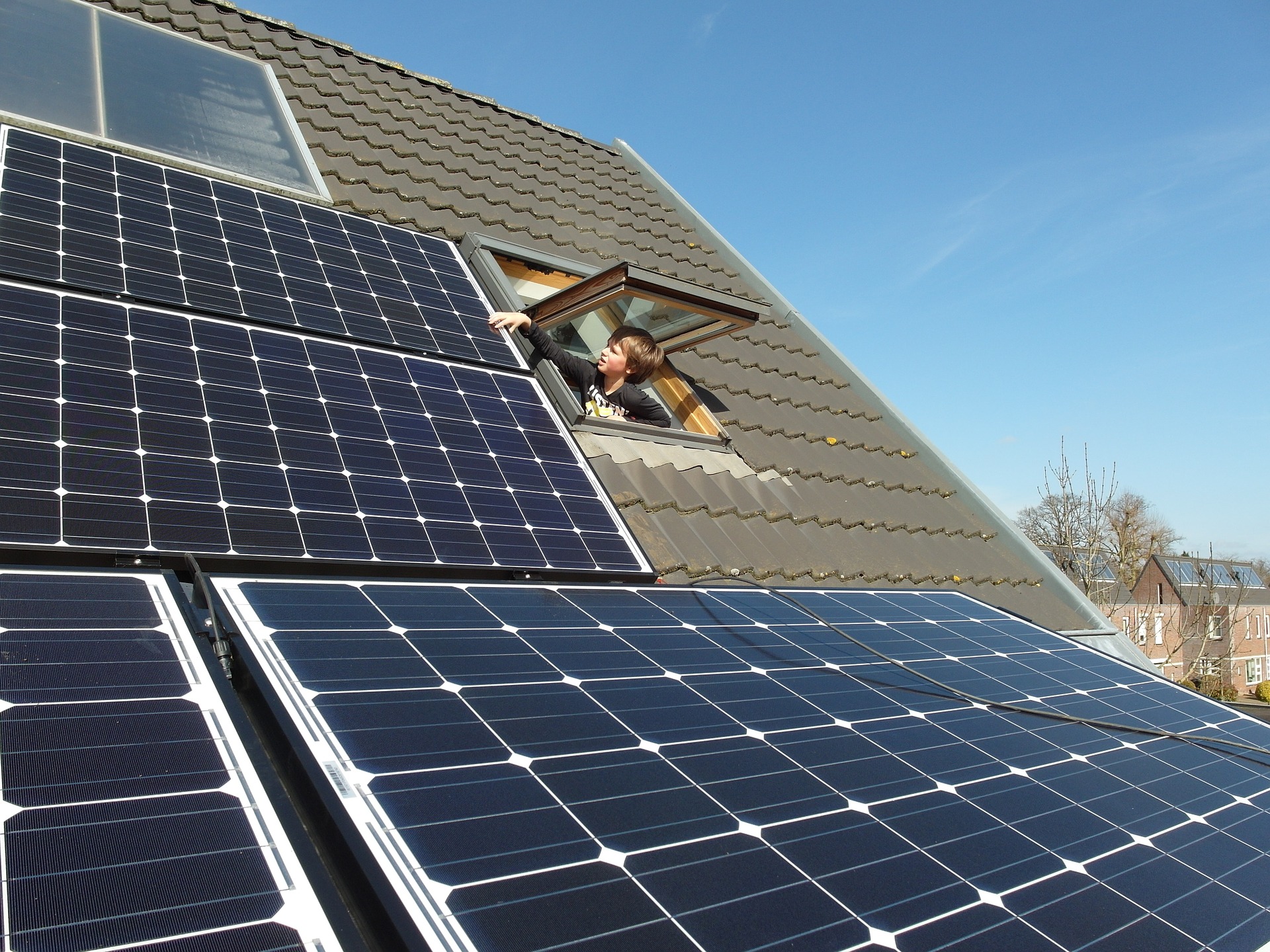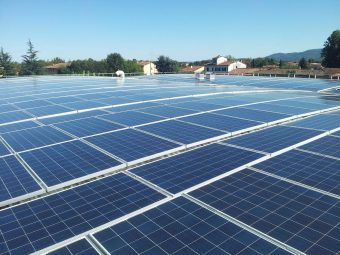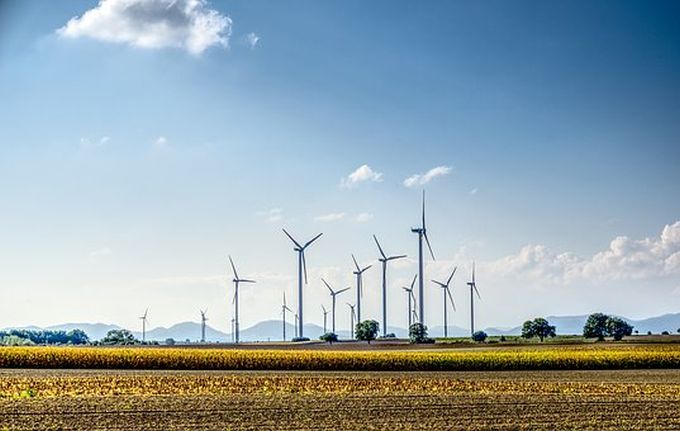
France has become the fifth country to submit plans to the United Nations detailing how it plans to cut greenhouse gas emissions through to 2050, setting a 75 per cent emissions reduction target for mid-century against 1990 levels.
France’s long-term plan was presented last week, setting out how the country would need to cut around 9-10Mt of emissions annually over the next 35 years to achieve the target.
The country is currently reducing its greenhouse gases at a rate of around 8Mt per year, but “the rate of reduction must be stepped up, without jeopardising the economic development of France, or merely exporting these emissions by relocating the most emission-intensive activities”, the plan states.
The plan outlines how France can achieve a low carbon economy over the next 35 years across each of its major sectors, including transport, buildings, industry, energy, waste, agriculture, and forestry.
“The key issue at stake here is France’s carbon footprint,” the plan states. “Huge investments are required and it is essential to rethink our modes of production and consumption.”
France has already submitted plans outlining how it intends to achieve a 40 per cent reduction in emissions by 2030 against a 1990 baseline as part of the Paris Agreement, which reached the threshold for international ratification late last year.
Long-term 2050 emissions reduction strategies were also submitted by the US, Canada, Mexico and Germany last November.
The news comes as the French government also confirmed it is aiming to launch its first green bond by the end of the month, which would see proceeds earmarked for financing environmentally-friendly projects.
Mews agency Reuters quoted the country’s finance minister Michel Sapin this week as saying the country would be aiming for a maturity of 15-25 years depending on investor demand.
He declined to say how much France intended to raise through the issuance, but the figure is expected to be larger than the $750m green bond issued by Poland last month – the first state-backed green bond of its type – and could be as much as $2.5bn.
The move follows the first direct green bond issued by French bank BNP Paribas in November, with the $500m issuance attracting strong demand from investors.
Source: businessgreen.com



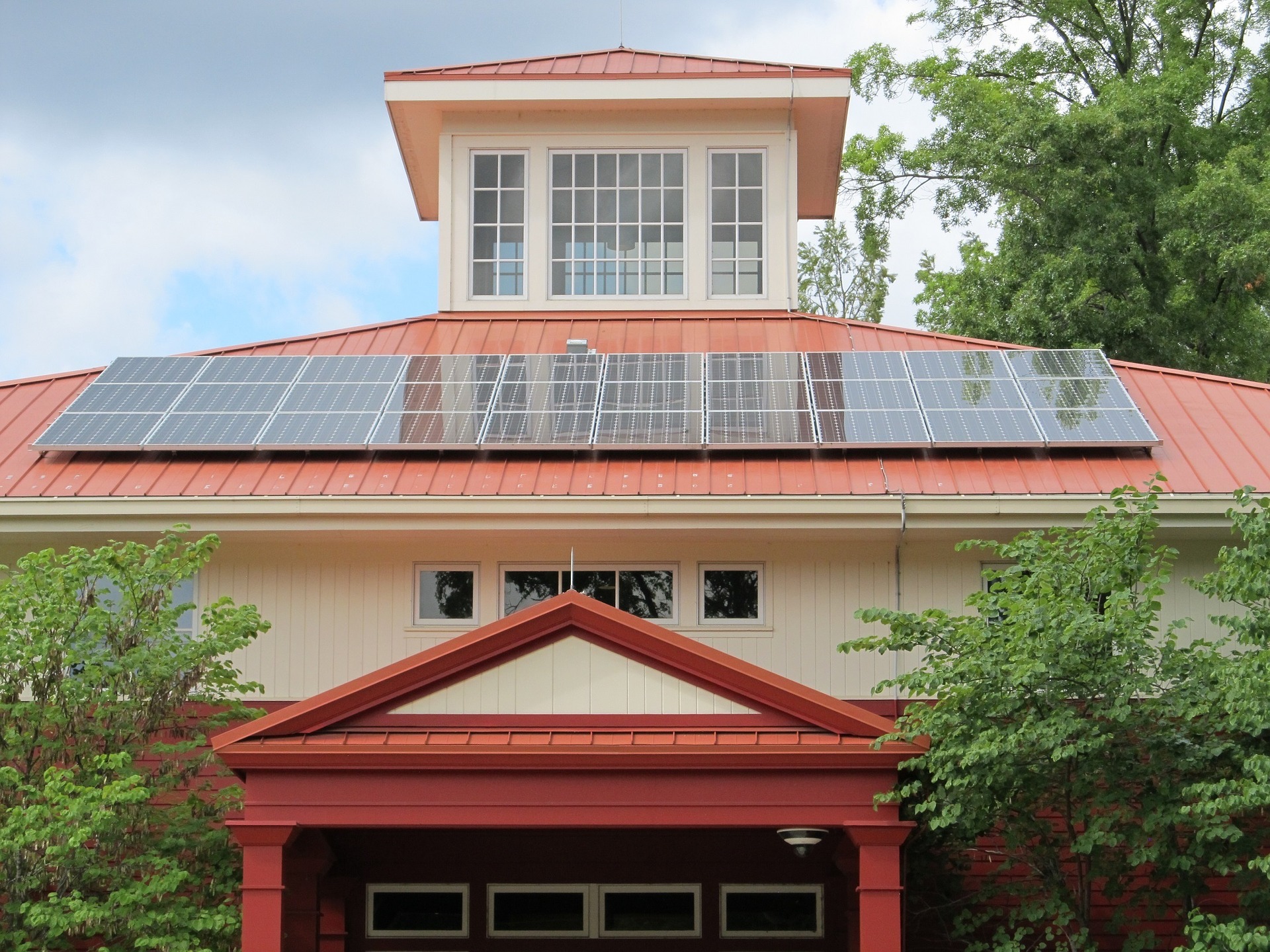
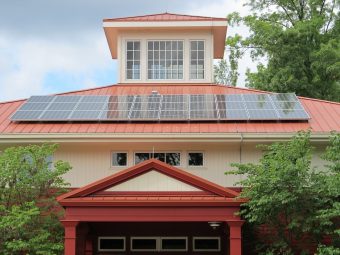


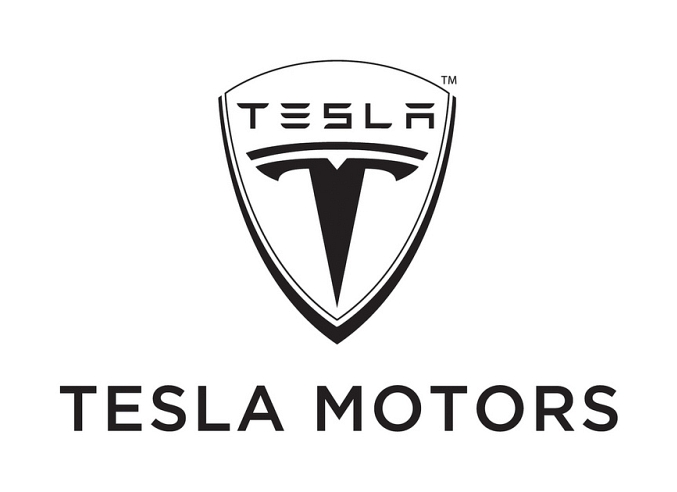
 While the auto industry will start to report December and year-end sales totals today, Tesla Motors issued its year-end delivery and production results yesterday.
While the auto industry will start to report December and year-end sales totals today, Tesla Motors issued its year-end delivery and production results yesterday.